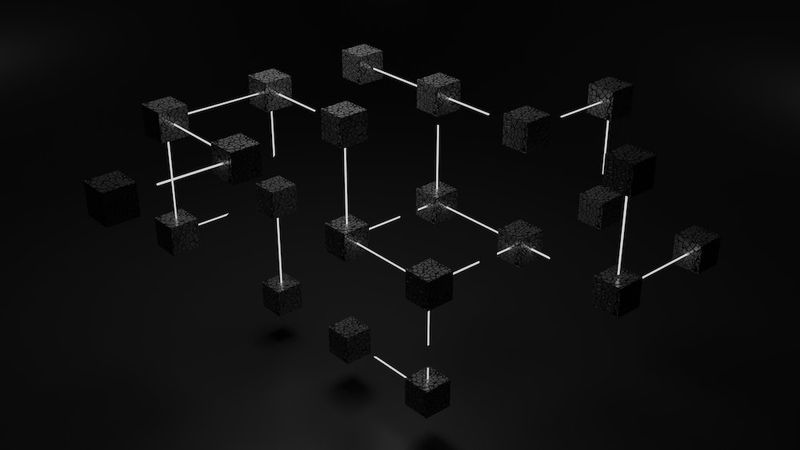
What is k-Nearest Neighbors (k-NN)?
k-Nearest Neighbors is a simple algorithm that stores all available cases and classifies new cases based on a similarity measure (e.g., distance functions). KNN is a "lazy instance based" algorithm, meaning it does not generalize. Therefore, training a KNN algorithm is insanely fast! For the basic kNN, training happens at literally the speed of just reading all the training data and saving it in a data structure.
Domino’s Chief Data Scientist, Eduardo Ariño de la Rubia, presented a webinar: An Introduction to Using k-NN in Production.
If you missed the live webinar or would like to watch it again, you can find a recording below:
Watch the webinar to learn:
- Different implementations of using k-NN in production;
- The pros and cons of using the algorithm with production data sets;
- How to use R and Python packages to get the most out of your k-NN model;
- A demonstration of training models on the Domino platform.
If you’d like to benchmark the predictive performance of k-NN against other algorithms contact us for a personalized demo of the Domino Data Science platform.
Subscribe to the Domino Newsletter
Receive data science tips and tutorials from leading Data Science leaders, right to your inbox.
By submitting this form you agree to receive communications from Domino related to products and services in accordance with Domino's privacy policy and may opt-out at anytime.



